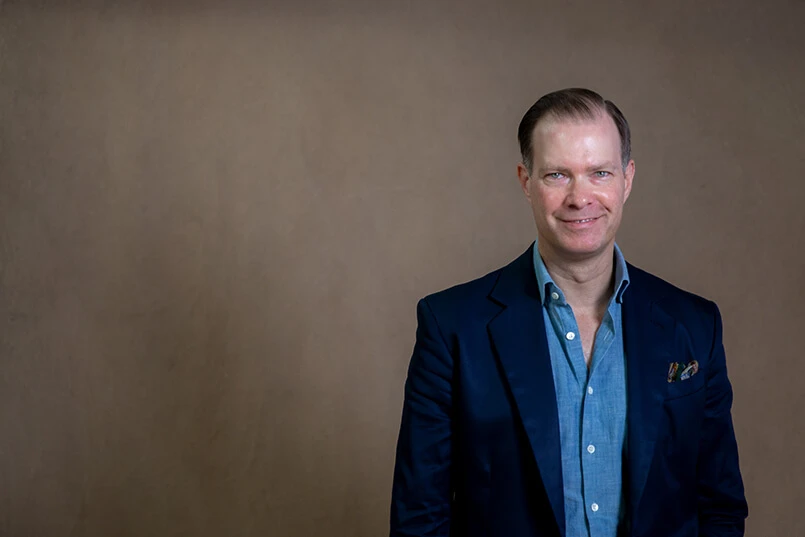One of the reasons that regularly come up to justify wanting to change agencies is that the incumbent agency is ‘non-proactive’. But ask the agency and they will provide a pile of documents as evidence of proactivity on their part. So, what does being proactive look like? And why are so many agencies getting it so wrong?
In conversations with agencies and their clients, it appears that both have very different expectations when it comes to being proactive. These expectations are driven by divergent business perspectives. It often leads to agencies being proactive in the wrong way. And advertisers resenting the agency for this behaviour.
The non-proactive complaint
Let’s start with the complaint. The agency is NOT proactive. Superficially, it sounds as if the agency is simply doing what is asked. No more, no less. There is nothing wrong with doing what is expected of you, right? No. But just meeting expectations is not the way to develop deeper and more sustainable engagements.
There is a conundrum here. If the marketers request that the agency is more proactive, then this becomes the new expectation. At best, in this case, all the agency can do is meet that expectation. They are still not exceeding it. It still looks like they are just doing what is expected of them – without being proactive about it.
Of course, the agency could always ask their client. Not how to be proactive. But what are the problems or issues they are dealing with and facing? Then, from the response, the agency can consider ways they could proactively help their client address or solve these issues.
But there is often something standing in the way of this happening.
Typical agency proactivity
Even when the agency asks their client either “How can we be more pro-active?” – or better still “What problems or issues are you facing we could help with?” – the agency often falls into the trap of listening to the response from the perspective of the services they provide.
If it is a media agency, they will look for additional media opportunities outside of what was briefed. A creative agency will develop speculative work for the client to buy. A digital agency will provide a review of the current owned digital assets with a plan to develop them further. It is just more of what the agency is already offering without being asked to offer it.
But in each case, the proactive recommendation requires the client to spend money with the agency. It assumes that the client has a budget sitting there for proactive solutions. And it often lands as a proactive solution for the agency to capture more revenue from the client.
This is why so many proactive suggestions are often rejected. And why agencies will have a pile of proactive work that was never realised. Many agencies end up giving up on being proactive because they perceive rejection as proof that proactivity is largely futile.
A better proactive approach
Instead of thinking that proactivity is an opportunity to sell more to your client, think of it as an opportunity to build a valued partnership. Instead of just offering more of the same, offer something valued and unexpected.
Have you ever been to a restaurant where the waiter is constantly pushing additional sides or courses or drinks? It feels like you are being sold. Compare this to where they bring an amuse-bouche, compliments of the chef or the house. It is additional and unexpected. And interesting. It creates a positive perception (depending on the dish) above and beyond the meal and service itself.
Now I am not suggesting that an agency should give more paid services away. They do enough of that to win the business in the first place. But I am suggesting that the approach is an opportunity to demonstrate what else you can do that is of value to the client.
Some of the better examples we have seen and heard about include a media agency CEO who would deliberately look for cross-account introductions, even suggesting areas they could work together. Looking into their various clients’ businesses, they would identify business and marketing opportunities and then approach both parties with the suggestion and then facilitate the introduction. This reinforced a perception of the agency being well- connected and proactively thinking beyond media as a way to create value for both clients.
Or the creative agency, who would look at the various ways of working across their clients and share ideas for ways to work more effectively and efficiently together with each client. Instead of the client viewing this as an opportunity to reduce the agency fees, it was seen as a genuine interest in making the client’s budget go further and more importantly improving speed to market.
In fact, in one case the agency was invited into the client management team to assist in helping the client achieve the same efficiency improvements based on a suggestion of a successful initiative between the agency and the marketing team.
A proactive opportunity
If your idea of being proactive is just to do more of what you are expected to do without being asked, then it is likely it will not be valued.
If you are being proactive and your suggestions are not going anywhere it is likely you are not adding value.
If you are being proactive as an opportunity to sell your client more of the services, you are not creating value.
Being proactive is an opportunity to create and add value to the relationship. Think about going beyond the definition of what is expected of you as an agency. Look for the opportunities to create value in unique and unexpected ways.
And don’t expect your client to tell you how to do it. As Henry Ford said, “If I had asked people what they needed they would have asked for a faster horse”. Marketers are your client and customer. They know what you provide for them. They know their personal expectation on how you should deliver this. Proactivity is an opportunity to go beyond their expectations and prove your value beyond the services you are contracted to supply.
This article first appeared in Campaign Asia on September 1, 2020
Our Relationship Performance Evaluation service measures collaboration and alignment between marketing team agencies to maximise your collaborative output. Learn more here




